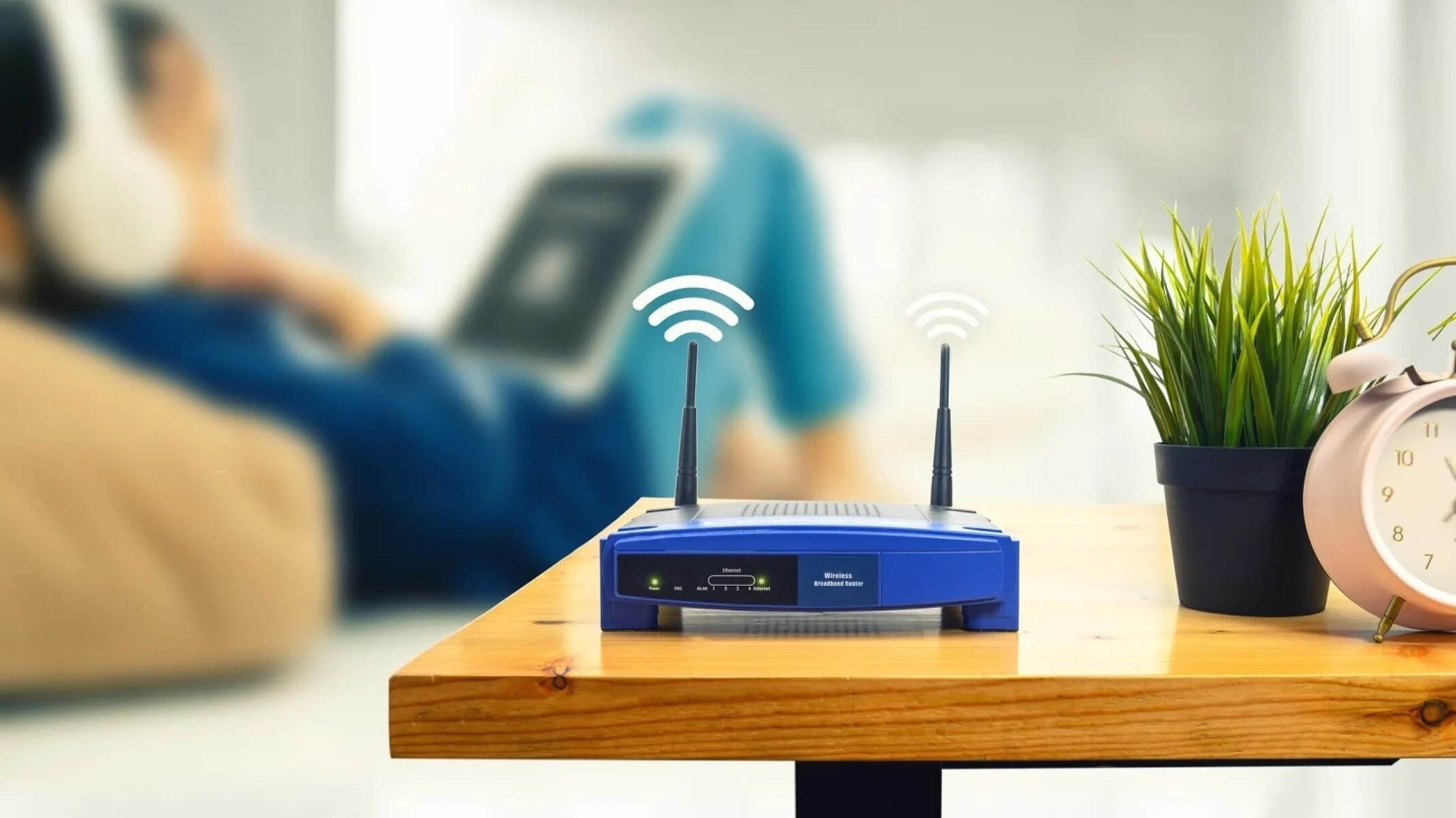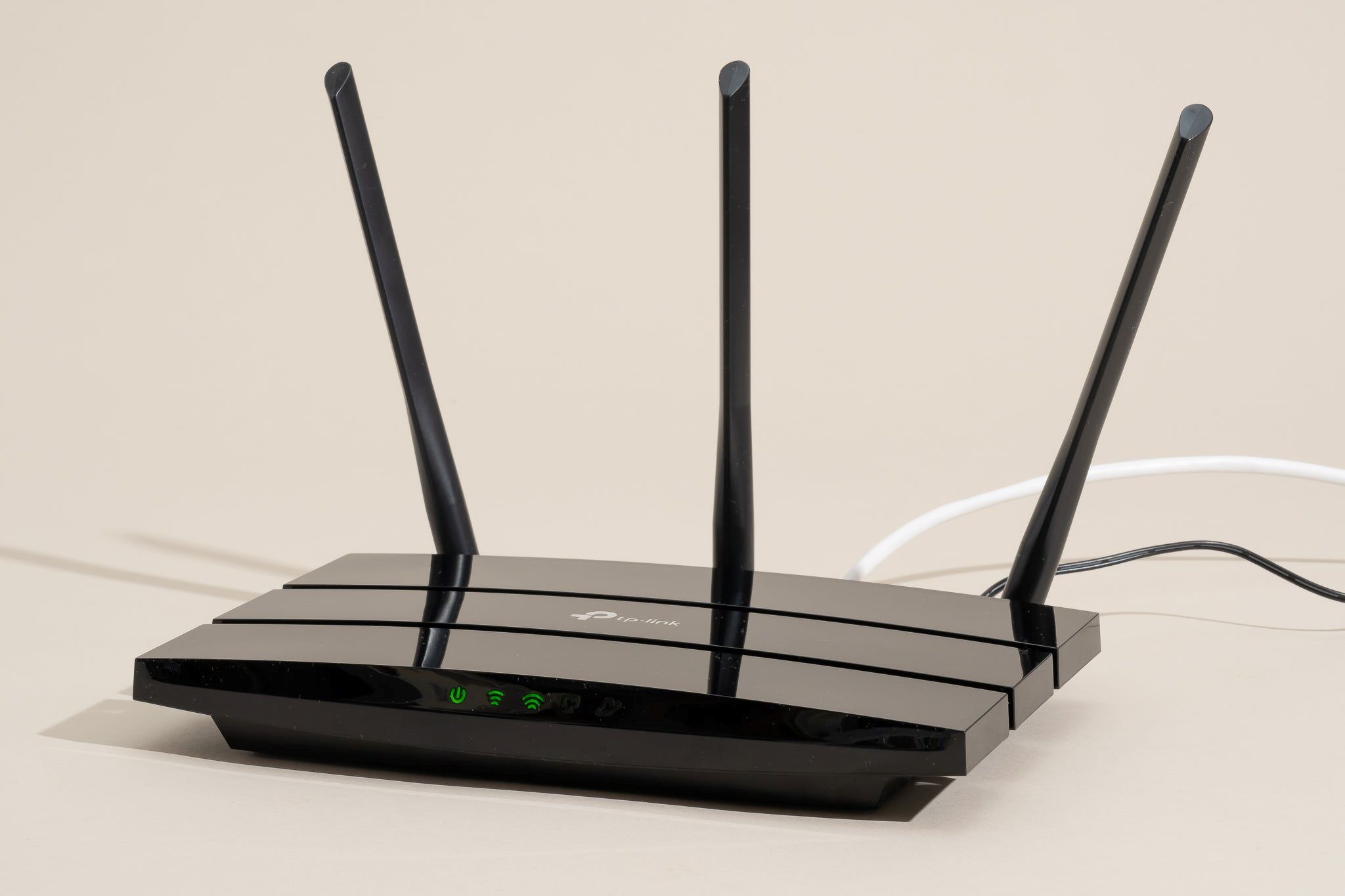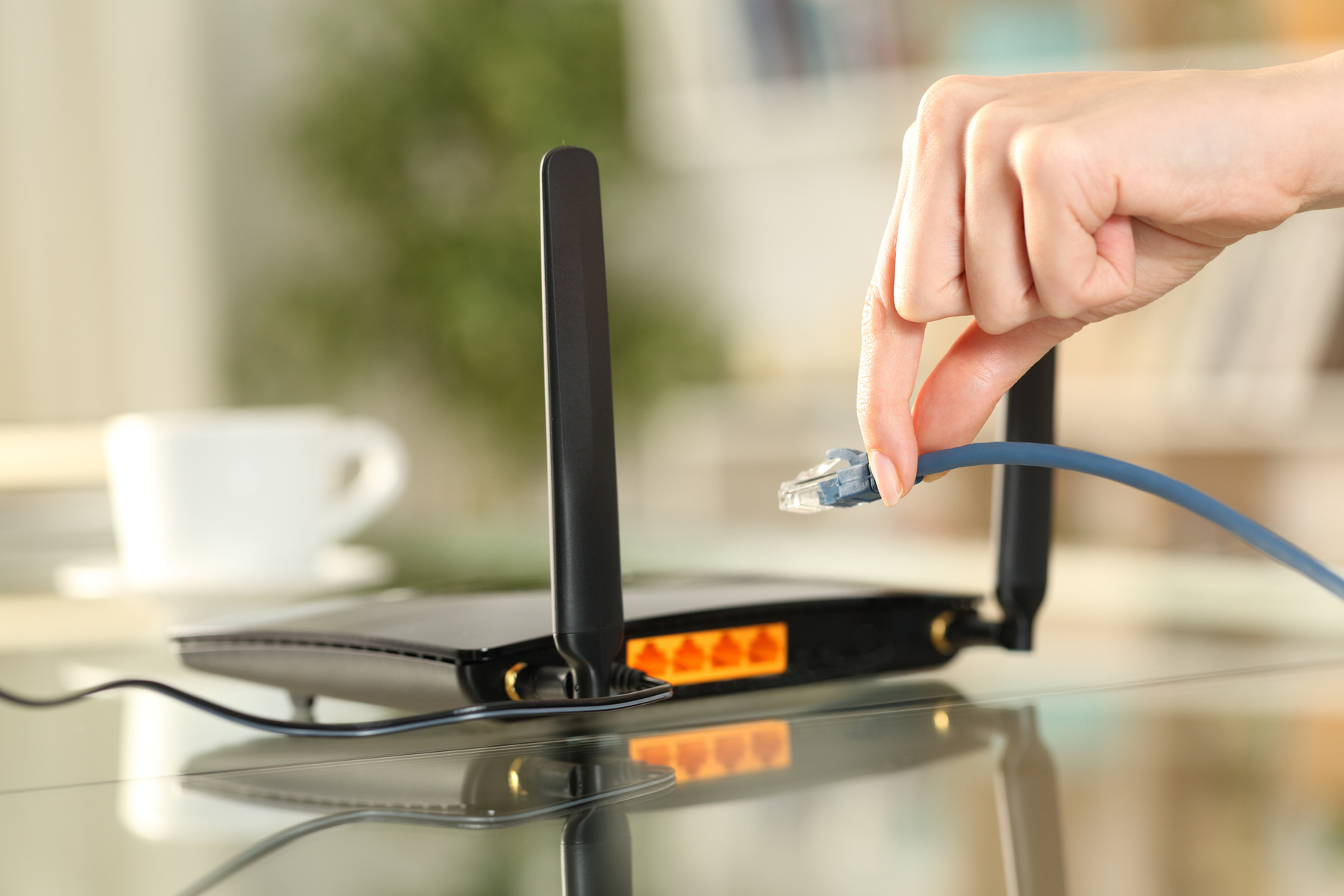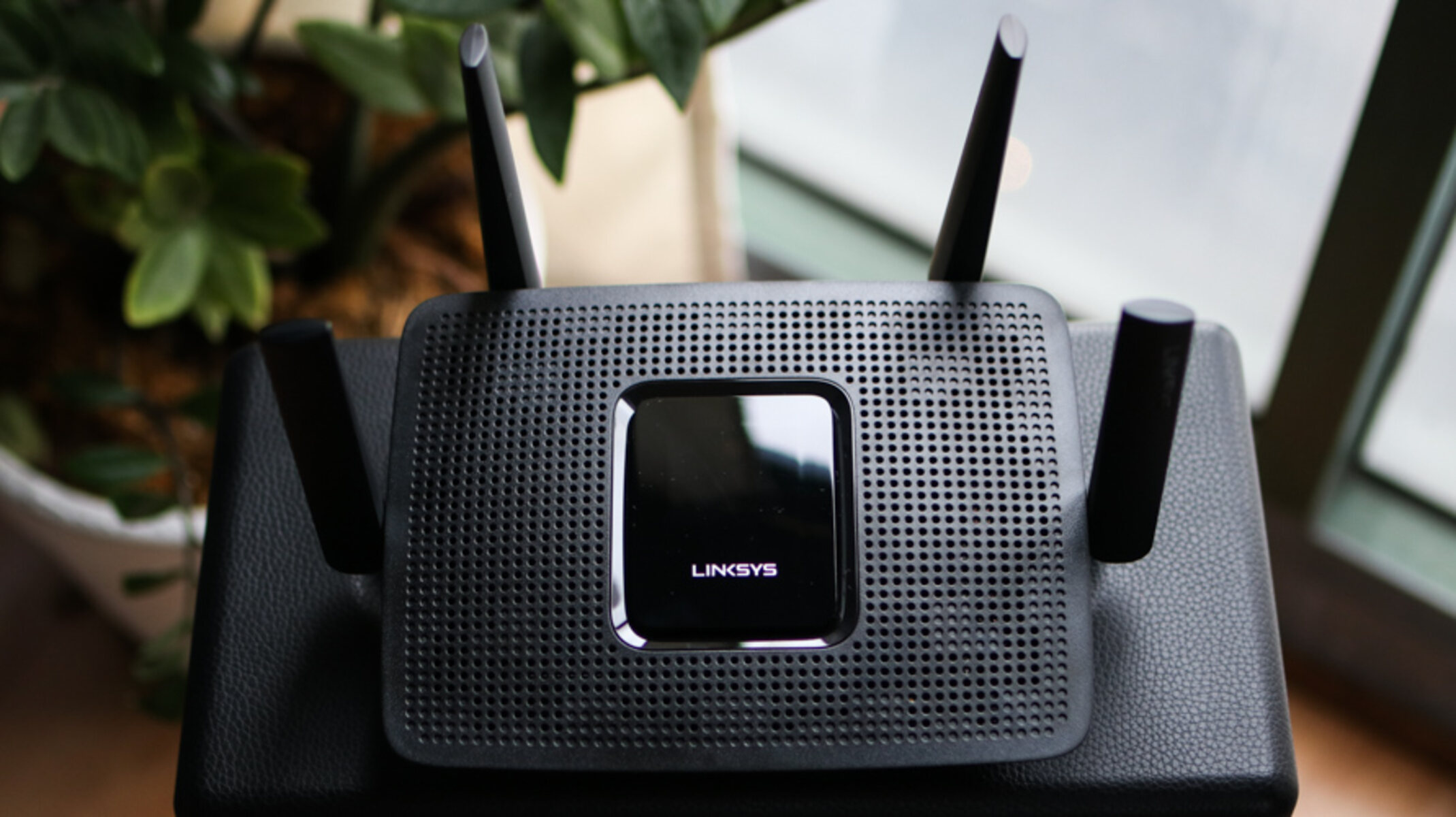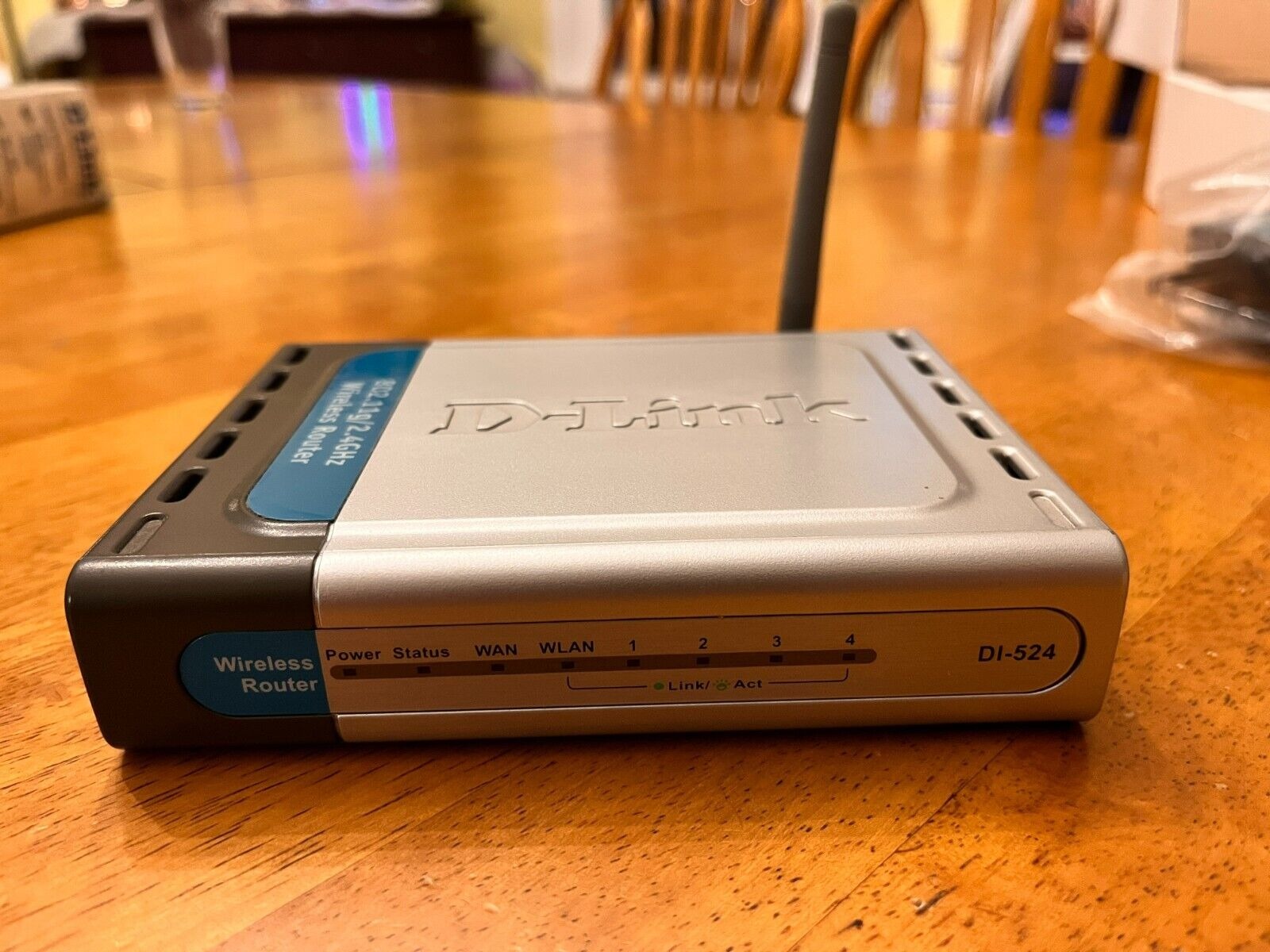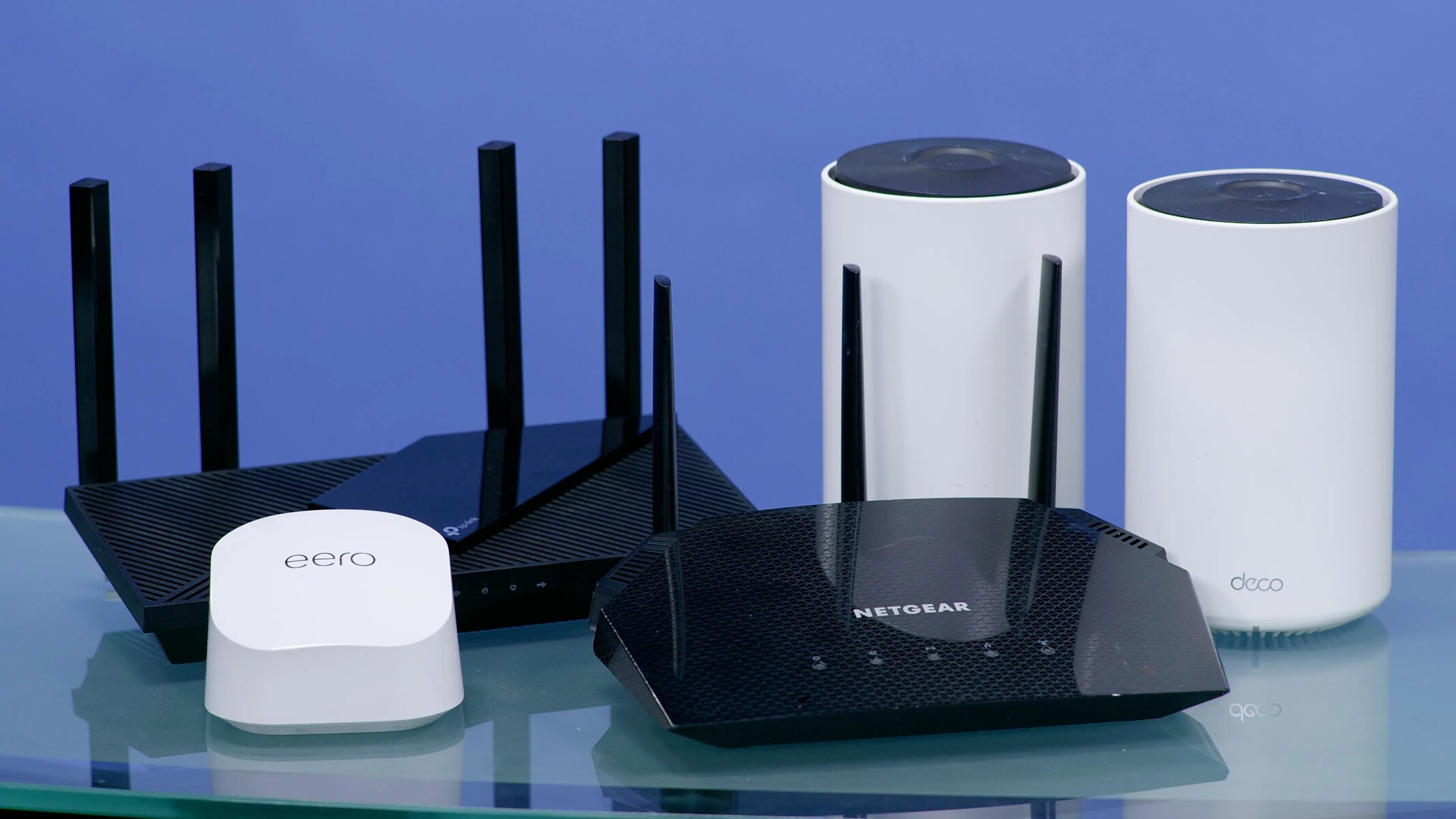Introduction
Having a wireless router at home or in the office allows us to conveniently connect our devices to the internet without the hassle of messy cables. However, it’s important to keep track of what devices are connected to our wireless network. Understanding the devices connected to your wireless router ensures the security and performance of your network, as well as allows you to manage and troubleshoot any potential issues that may arise.
Finding out what is connected to your wireless router might seem like a complex task, but fortunately, there are several methods available that can help you easily identify the devices that are connected to your network. In this article, we will explore five different methods that you can utilize to determine what devices are connected to your wireless router.
Whether you want to monitor your network for security purposes, optimize bandwidth allocation, or simply satisfy your curiosity, these methods will give you a clear understanding of the devices connected to your wireless router. From checking the router’s web interface to using network scanning tools, mobile apps, router logs, and command prompt or terminal commands, each method will provide you with valuable insights.
By understanding what is connected to your wireless router, you can ensure that all authorized devices have access, while potentially identifying any unauthorized devices that may pose a security risk. Furthermore, being aware of the connected devices can assist you in troubleshooting network issues, as you can easily identify which device may be causing disruptions or consuming excessive bandwidth.
So, let’s dive into the various methods you can use to find out what devices are connected to your wireless router. By following these techniques, you can gain better control over your network and enjoy a secure and optimized wireless connection.
Method 1: Checking Connected Devices through Router’s Web Interface
One of the most straightforward methods to determine what devices are connected to your wireless router is by accessing the router’s web interface. This method allows you to view a list of all the devices that are currently connected to your network.
To access your router’s web interface, you will need to open a web browser and enter the IP address of your router into the address bar. The IP address is usually printed on the router itself or mentioned in the router’s manual. Common IP addresses for routers are 192.168.0.1 or 192.168.1.1. Once you have entered the IP address, press Enter, and a login page will appear.
You will need to enter the login credentials for your router. Depending on the brand and model, the default login credentials can vary. Some common default usernames and passwords are “admin” for both the username and password, or “admin” for the username and “password” for the password. However, it’s essential to note that you might have changed these credentials when setting up your router, so use the appropriate login details.
After successfully logging into the router’s web interface, navigate to the section that displays connected devices or DHCP clients. This section may have different names depending on the router’s manufacturer, but it should be easy to locate. Once you find the section, you will be presented with a list of all the devices that are currently connected to your network. The list may include the device name or IP address, MAC address, connection type, and in some cases, the device vendor.
By reviewing the connected devices list, you can quickly identify all authorized devices and spot any unfamiliar devices that should not be connected to your network. It’s a good practice to regularly check this list to ensure the security and optimal functioning of your wireless network.
In addition to viewing the connected devices, some router web interfaces allow you to further manage your network by providing options to block or prioritize specific devices. This feature can be particularly useful if you want to restrict access for certain devices or allocate more bandwidth to specific devices for better performance.
Overall, accessing your router’s web interface is a simple and effective way to find out what devices are connected to your wireless network. It offers valuable insights into your network’s security and performance and allows you to manage your devices more efficiently.
Method 2: Using Network Scanning Tools
Another effective method to identify devices connected to your wireless router is by using network scanning tools. Network scanning tools allow you to scan your network and provide you with a detailed list of all the devices that are currently connected.
There are several network scanning tools available, both free and paid, that you can use to perform this task. One of the popular tools is “Advanced IP Scanner” which can be downloaded and installed on your computer.
Once you have installed the network scanning tool, open it and select the option to scan your local network. The tool will scan all the IP addresses within your network range and display information about the connected devices, including the IP address, MAC address, device name, and sometimes even the device vendor.
By reviewing the scan results, you can easily identify all the devices that are currently connected to your wireless router. You can also gather additional information about the devices, such as their IP addresses and MAC addresses, which can be useful for troubleshooting or network management purposes.
One advantage of using network scanning tools is that they can often provide more detailed information about the connected devices compared to the router’s web interface. Additionally, some network scanning tools offer features such as device categorization, device grouping, and the ability to add custom labels, which can enhance your network management capabilities.
It’s important to note that while network scanning tools can provide comprehensive information about connected devices, they may also identify devices that are not connected to your wireless router but are part of your network. This could include devices like network printers, NAS drives, or smart home devices. Therefore, it’s crucial to carefully review the scan results and verify the devices that are connected to your wireless router specifically.
Overall, network scanning tools offer a reliable and efficient way to identify devices connected to your wireless router. They provide you with a comprehensive overview of your network and allow you to manage and secure your wireless connection effectively.
Method 3: Checking Through Mobile Apps
With the increasing popularity of smartphones, there are now various mobile apps available that can help you check what devices are connected to your wireless router. These apps provide a convenient way to monitor and manage your network directly from your mobile device.
There are several network scanning apps available for both Android and iOS devices. One popular app is “Fing”, which allows you to scan your network and provides detailed information about the connected devices. Simply download and install the app from your respective app store and follow the on-screen instructions to begin scanning your network.
Once the scanning process is complete, the app will display a list of all the devices that are connected to your wireless router. The information provided includes device names, IP addresses, MAC addresses, and device vendors. Some apps may also include additional features such as device monitoring, bandwidth usage analysis, and network security checks.
Using mobile apps to check connected devices offers the advantage of convenience and accessibility. You can easily monitor and manage your network on the go, without the need for a computer or accessing the router’s web interface. Additionally, some apps may also offer notifications and alerts for any new devices that connect to your network or potential security threats.
It’s worth noting that for these mobile apps to work effectively, your mobile device needs to be connected to the same wireless network as your router. This allows the app to accurately scan and display the connected devices within your network.
Furthermore, for enhanced security, it’s important to ensure that you download these apps from reputable sources and regularly update them to benefit from the latest security features and bug fixes.
In summary, using mobile apps to check connected devices provides a user-friendly and convenient method to monitor and manage your wireless network. These apps offer a range of features and provide you with detailed information about the devices connected to your network, helping you keep your network secure and optimized.
Method 4: Analyzing Router Logs
Analyzing the router logs is another effective method to gain insights into the devices connected to your wireless router. Router logs record various activities and events that occur on your network, including device connections and disconnections. By reviewing these logs, you can identify the devices that have connected to your network over a specific time period.
To access the router logs, you will need to log in to the router’s web interface as discussed in Method 1. Once you have logged in, look for the section that contains the router logs. The location and availability of logs may vary depending on the router model and firmware.
Once you have accessed the router logs, you will typically find a chronological list of events. Look for entries related to device connections or DHCP lease renewals. The logs may provide information such as the IP address, MAC address, and timestamp of each connected device.
Analyzing the router logs can give you a historical perspective on the devices that have connected to your wireless router. It can help you track device activity over time and identify any irregularities or suspicious connections. For example, if you notice connections from unknown devices or frequent disconnections and reconnections, it may indicate unauthorized access to your network.
It’s important to note that router logs can vary in detail and format depending on the router’s firmware, so the level of information available may differ. Some routers may offer more comprehensive logs, including detailed device information, while others may provide basic connectivity logs.
If you’re unable to find or access the router logs through the web interface, you can also check the router’s manual or manufacturer’s website for guidance on accessing and interpreting the logs.
In summary, analyzing router logs provides you with a historical record of device connections to your wireless router. By reviewing these logs, you can identify the devices that have connected to your network and track any irregularities. This method can be particularly useful for monitoring and troubleshooting network activity over time.
Method 5: Utilizing Command Prompt or Terminal
For those who prefer a command-line interface or want to delve deeper into network diagnostics, utilizing the Command Prompt (Windows) or Terminal (Mac and Linux) can be an effective method to identify devices connected to your wireless router.
To begin, open the Command Prompt or Terminal on your computer. Then, type the command “ipconfig” (for Windows) or “ifconfig” (for Mac and Linux) and press Enter. This will display network configuration information for your computer, including your IP address and subnet mask.
Look for the line that says “Default Gateway” or “Router.” The IP address listed next to it is the address of your router. Once you have identified the router’s IP address, type it into the Command Prompt or Terminal, followed by the command “arp -a” and press Enter.
The “arp -a” command will display a list of all devices that have recently communicated with your computer. It will provide the IP addresses and MAC addresses of the connected devices. By looking at the MAC addresses, you can identify the manufacturer of each device.
While utilizing the Command Prompt or Terminal provides valuable information about the devices connected to your network, it’s important to note that it may not be as comprehensive or user-friendly as other methods mentioned earlier. It mainly focuses on providing basic details about the connected devices, such as their IP and MAC addresses.
In some cases, you can also utilize commands like “ping” or “tracert” followed by an IP address to trace the route and connectivity status of a specific device on your network. This can be useful in troubleshooting network connectivity issues or identifying potential bottlenecks.
However, it’s important to be cautious when using command-line tools, as entering incorrect commands or modifying network settings without proper knowledge can potentially disrupt your network connectivity.
To ensure accurate results, make sure your computer is connected to the same wireless network as the devices you want to identify. Additionally, keep in mind that the Command Prompt and Terminal commands may vary slightly depending on the operating system you are using.
In summary, utilizing the Command Prompt or Terminal provides a command-line approach to identifying devices connected to your wireless router. It offers basic information about the connected devices, such as their IP and MAC addresses, and can be useful for network diagnostics and troubleshooting purposes. However, it may require a technical understanding of commands and can be less user-friendly compared to other methods discussed.
Conclusion
Effectively identifying and managing the devices connected to your wireless router is crucial for network security and optimal performance. Thankfully, there are multiple methods available to help you achieve this task.
By accessing your router’s web interface, you can easily view a list of connected devices and manage them as needed. Network scanning tools provide detailed information about connected devices and offer additional features for network management. Mobile apps offer convenience and accessibility, allowing you to monitor and manage your network on the go. Analyzing router logs provides historical records of device connections and helps track network activity over time. Utilizing the Command Prompt or Terminal offers a command-line approach for network diagnostics and device identification.
It’s important to choose the method(s) that work best for your needs and preferences. You may find that utilizing a combination of methods provides a more comprehensive understanding of the devices connected to your network.
Regularly checking and monitoring connected devices helps ensure the security of your network by identifying any unauthorized access. It also allows you to manage your network resources effectively and address any potential performance issues.
Remember to use these methods responsibly and always prioritize network security. Keep your router firmware up to date, use strong passwords, and enable network encryption to safeguard against potential threats.
By employing these methods and staying proactive in managing your wireless network, you can enjoy a secure and optimized internet experience for all your connected devices.







